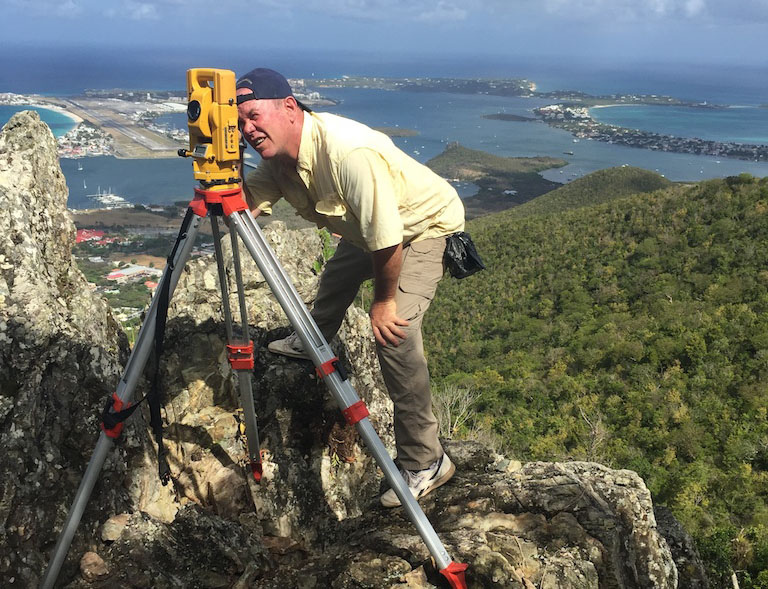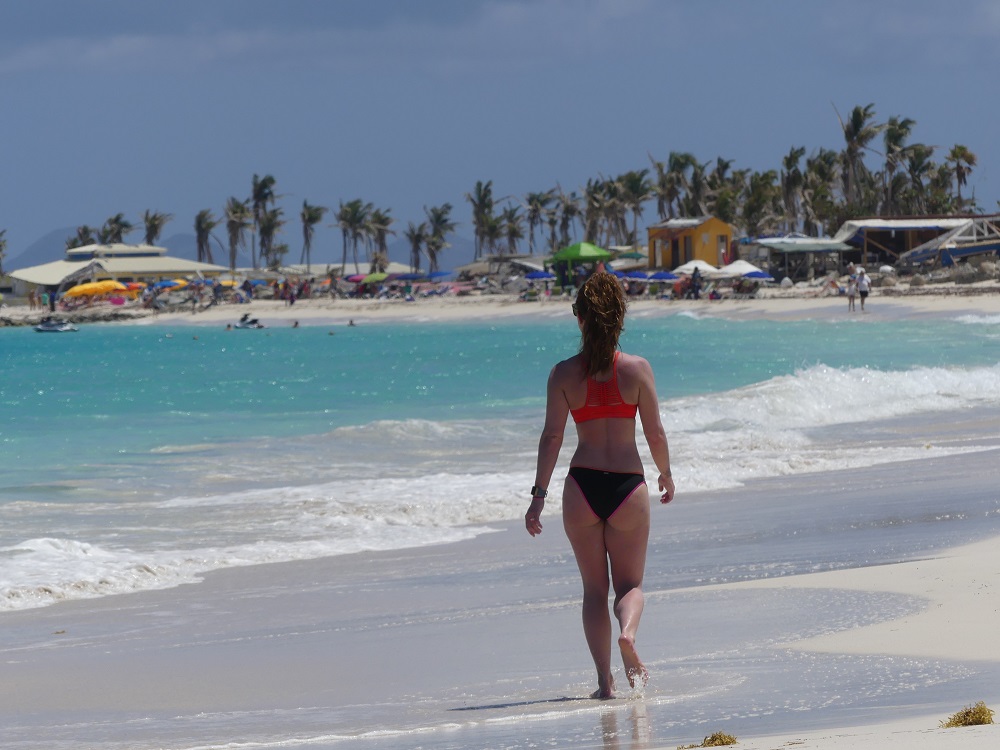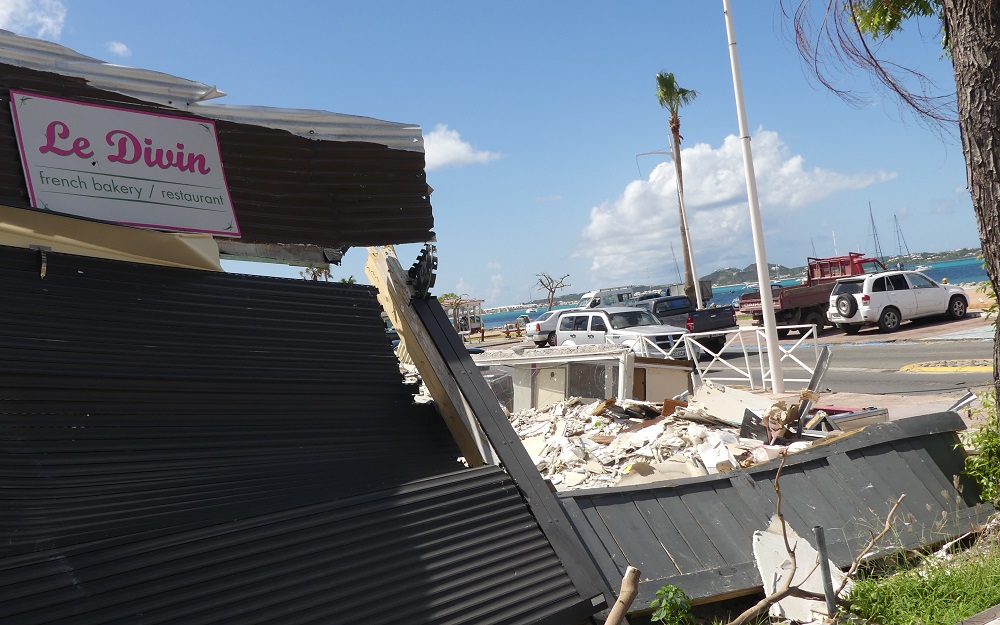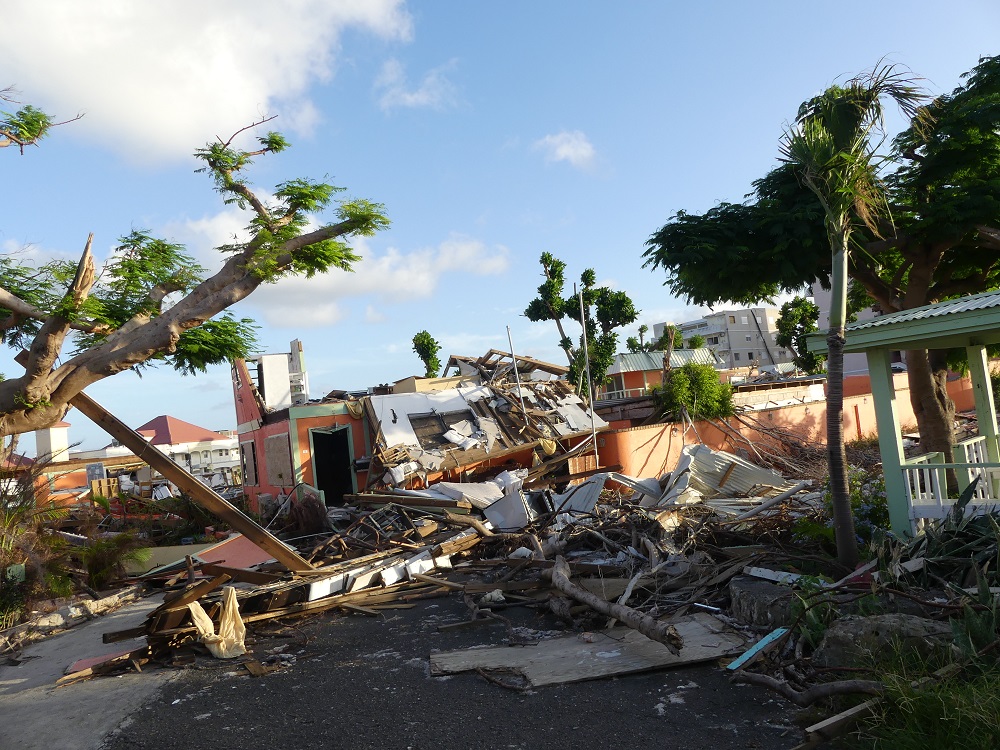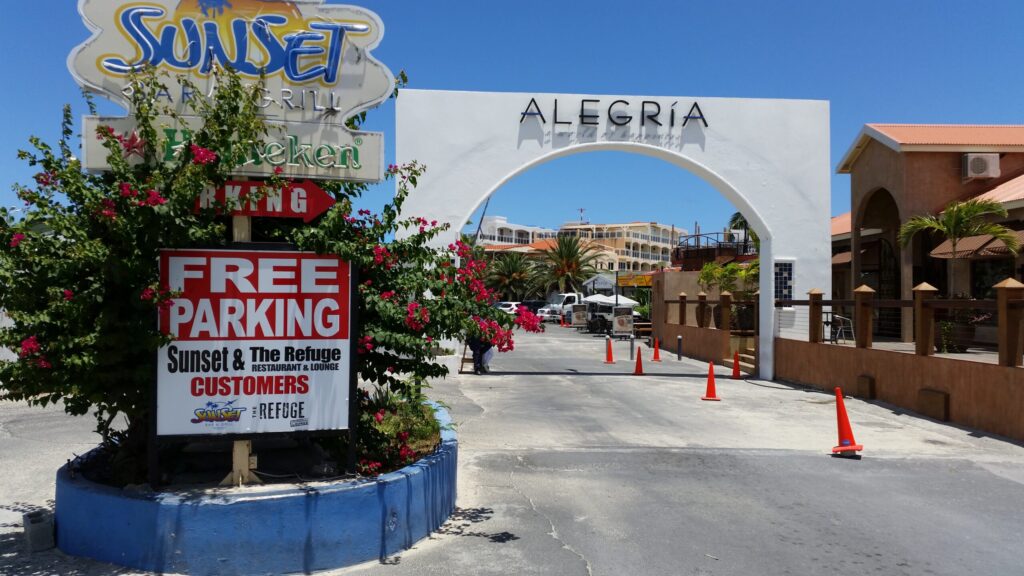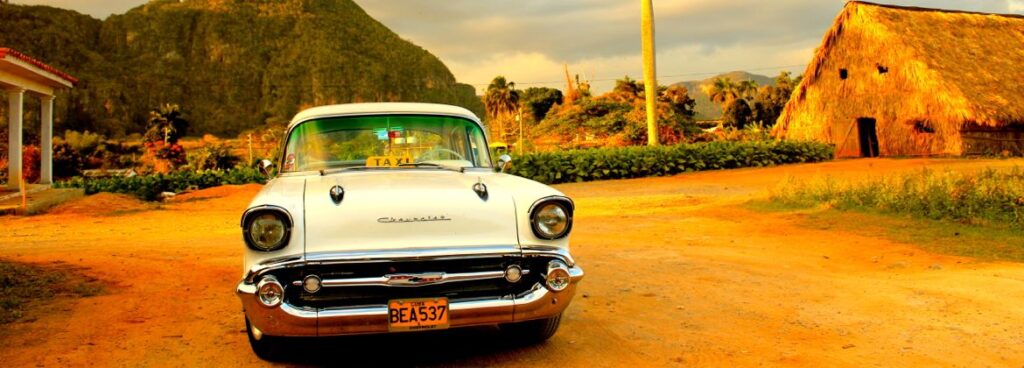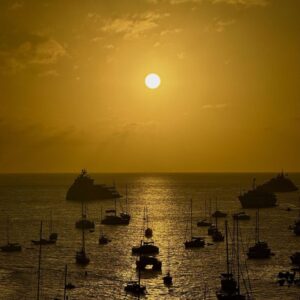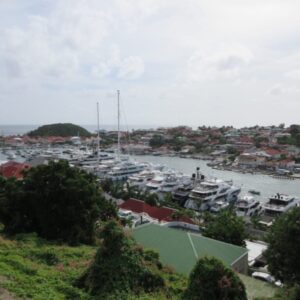Author: Hilbert Haar
- Home
- Articles posted byHilbert Haar
Hilbert Haar
How the Rainforest Adventure Park withstood Hurricane Irma
PHILIPSBURG – Hurricane Irma put the Rainforest Adventure Park to the test in September of
Hilbert Haar
Orient Beach is slowly coming back to life
ORIENT BAY – The scars Hurricane Irma inflicted back in September of last year on
Hilbert Haar
All French bakeries are gone from Marigot’s waterfront
MARIGOT – The waterfront boulevard in Marigot is not what it used to be anymore
Hilbert Haar
Summit Resort closes its doors after 44 years
GREAT BAY – The Summit Resort in Cupecoy is the first fatal victim of Hurricane
Hilbert Haar
Alegria Ordered To Respect Contracts
Court ruling a delight for timeshare owners ALEGRIA ORDERED TO RESPECT CONTRACTS GREAT BAY –
Hilbert Haar
“We don’t need more tourists”
Economist Arjen Alberts in a recent webinar: “We don’t need more tourists” By Hilbert Haar
Hilbert Haar
Americans Will Take A Wait And See Approach
TERRANCE REY ABOUT CUBA AND THE INTERNAL THREATS TO ST. MAARTEN TOURISM AMERICANS WILL TAKE
Recent Posts
St.Maarten Info Team
St. Maarten’s Yachting Sector: A Key Driver of Economic Growth and Global Appeal
Tags
airlift
airlines
AirStMaarten
ANG
Antillean Guilder
Bruce Jakubovitz
caribbean
closed
dae
destination marketing
destroyed
director
Divi Little Bay Resort
dollarization
dr. gittens
e-zone
entrepreneur
French bakeries
Huricane Irma
Hurricane Irma
island
Le Divin
main attraction
Marigot
Nature Foundation
operations
Oyster Pond
Rainforest Adventures
Rockland Estate
Saint Martin
salvage
Sarafina
Simpson Bay Lagoon
st. barths
st. maarten
sta
Stress-Free Holiday Break
Terrance Rey
tourism
tourism authority
tourists
USD
waterfront
wrecks removal
yachting

